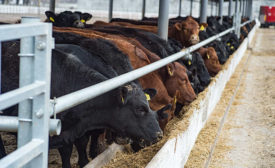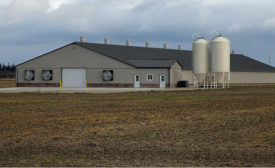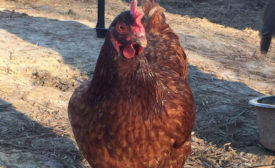Home » biosecurity
Articles Tagged with ''biosecurity''
Farmer roundtable focuses on avian flu response efforts.
Read More
APHIS updates indemnity program for HPAI on poultry farms
APHIS addresses reinfection on commercial poultry farms.
Read More
Live Production, Welfare and Biosecurity Seminar quickly approaches
This year's seminar is set for Sept. 20–21 at the DoubleTree by Hilton Downtown in Nashville, Tenn.
Read More
USDA continues efforts to mitigate HPAI for 2023 season
Biosecurity is the best defense against HPAI.
Read More
Education program reinforces need for biosecurity plans in feed facilities
The AFIA’s Nutrition Committee shaped the agenda for the ”Biosecurity: Preparedness Must Be Perpetual” program.
Read More
Tech | Processing
Tailor-made inventions for food safety
A multi-hurdle approach to pre-harvest interventions can be uniquely designed to meet each operation’s needs.
Read More
Food Safety
Reducing pathogen loads during animal production
Taking the fight to farm, feed: Advancements in biosecurity and microbiome science work to reduce pathogen loads during animal production.
Read More
State of the Industry
State of Chicken: All eyes on AI: Prepping for avian influenza
Threat of avian influenza’s return hovers over predominantly positive year for the chicken industry.
Read More
Stay ahead of the curve. Unlock a dose of cutting-edge insights.
Receive our premium content directly to your inbox.
SIGN-UP TODAYCopyright ©2025. All Rights Reserved BNP Media.
Design, CMS, Hosting & Web Development :: ePublishing










